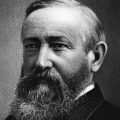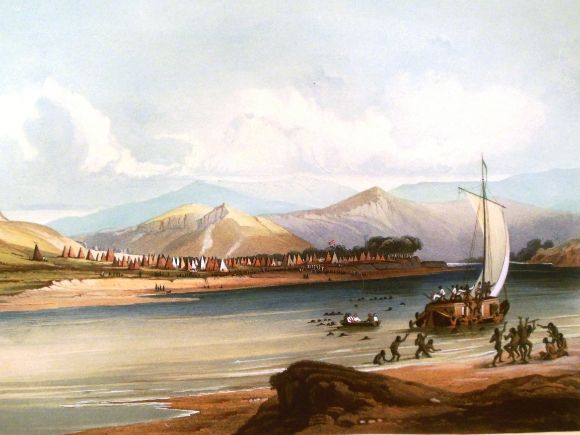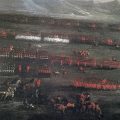
Following World War II, the United States was facing an enormous debt created by the war and by the recovery from the Great Depression. As Congress met and pondered in its great wisdom how to reduce the debt and reduce government services, many politicians began to look at the poorest people in the United States: the American Indians. For many, paying down the debt and rebuilding the countries destroyed by the recent war could be done by reducing America’s obligations to the Indians. If the United States could just transfer wealth from the poor (the Indians) to the wealthy (corporations), the United States could build its economy and reduce the debt. If the United States didn’t have to live up to treaty obligations, the country would have money to invest in Europe and Japan.
To figure out the best way to reduce government services, Congress in 1947 created a special commission headed by former President Herbert Hoover. The economic policies of the Hoover Presidency had not been particularly successful, but by this time most politicians had forgotten the role of his policies in creating the Great Depression. With regard to American Indians, Hoover’s presidency was repressive and disastrous, intending to destroy Indian cultures while ignoring treaties, the constitution, and a number of Supreme Court rulings.
The legislation creating the Hoover Commission had been drafted by conservative Republicans who had envisioned that the final report would be submitted to a newly elected Republican President. Eight of the twelve members of the Commission were selected by two Republicans. Most of the members of the Commission felt that many government services should be turned over to private enterprise.
In the 1940s, pressure to get the United States out of the Indian business by getting rid of treaties, tribes, reservations, and Indian cultures came from many fronts. In 1945, the Reader’s Digest had published an article by Missouri politician O. K. Armstrong entitled “Set the American Indians Free” which characterized reservations as concentration camps and criticized the trust relationship regarding land use as a way of fostering perpetual guardianship. The article called for Indians to be freed from property right restrictions and racial segregation. This would allow their property to be more easily transferred to wealthy non-Indians. The Secretary of the Interior asked to be allowed to write a rebuttal to the article, but Reader’s Digest refused.
Christian missionary groups rallied behind the article and distributed 3,500 copies of it. Armstrong was asked to speak to the Indian Committee of the Home Missions Council of North America. Armstrong, like many other non-Indians, felt that Indians should be fully assimilated into American culture like other immigrants to the United States.
In 1948, O. K. Armstrong wrote another article for Reader’s Digest, “Let’s Give the Indians Back to the Country,” in which he emphasized the incompatibility of Indian tribal citizenship and tribal sovereignty within the United States.
In 1949, the Hoover Commission issued its report. The Commission recommended that American Indians be economically, culturally, and politically integrated into American society. According to the Commission the assimilation of Indians into American society must once again become the cornerstone of federal policy. The Commission either ignored or was unaware of the fact that the policy of assimilation had been documented as a massive failure that resulted in Indian poverty.
The Commission recommended that the federal government transfer responsibility for Indian services to the states and that the government enforce a policy of assimilation. Once again, the Commission seemed unaware that the states, according to the Supreme Court, were the worst enemies of the tribes and that the constitution considered the tribes as sovereign nations.
According to the Hoover Commission:
“The basis for historic Indian culture has been swept away. Traditional tribal organization was smashed a generation ago. … Assimilation must be the dominant goal of public policy.”
This report laid the foundation for a new Dark Ages for American Indian tribes. Indians were not consulted about the changes in Indian policies. It was simply assumed that they were eager to abandon their tribal cultures and to enter into the American mainstream.




Leave a Reply